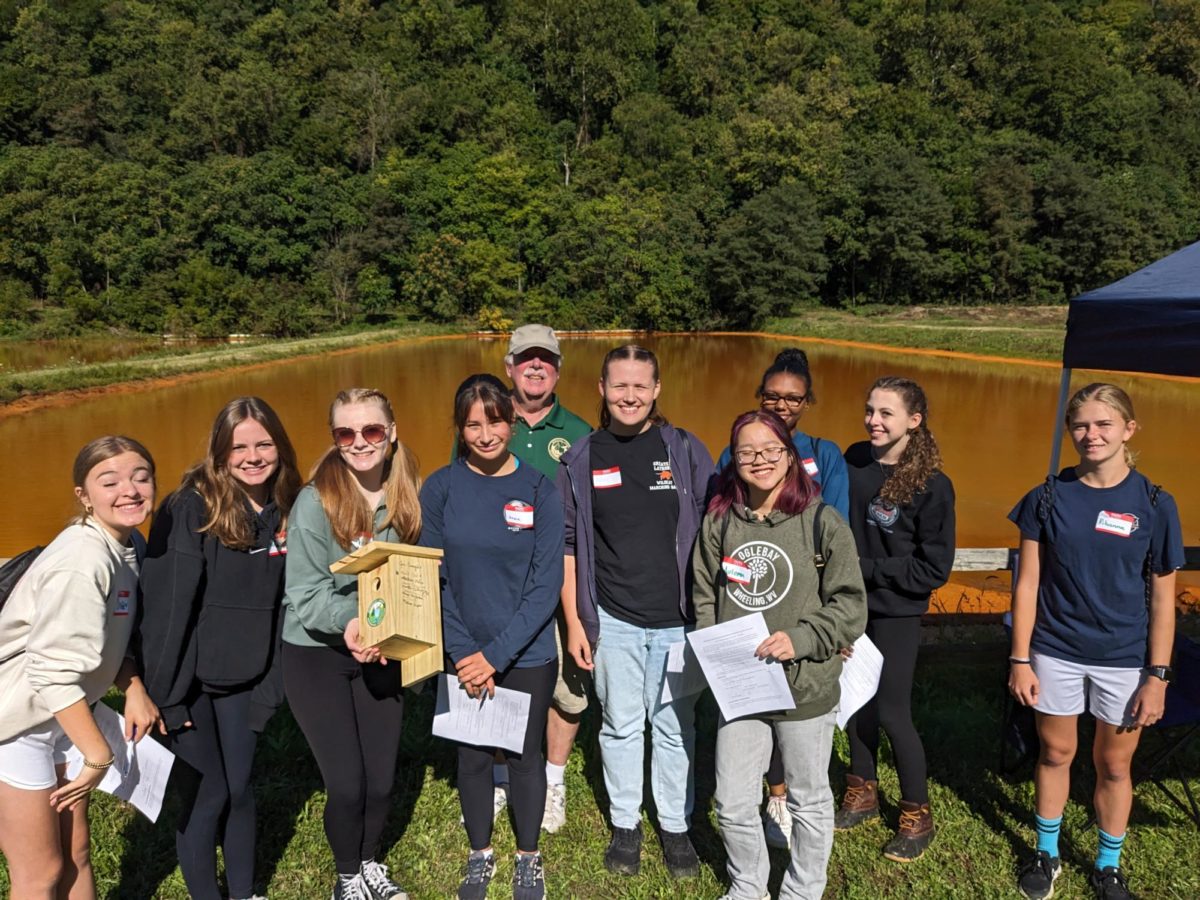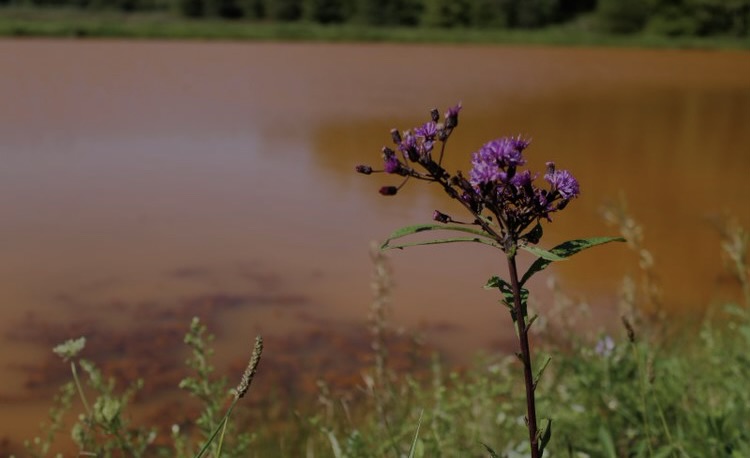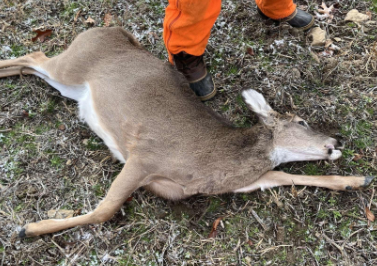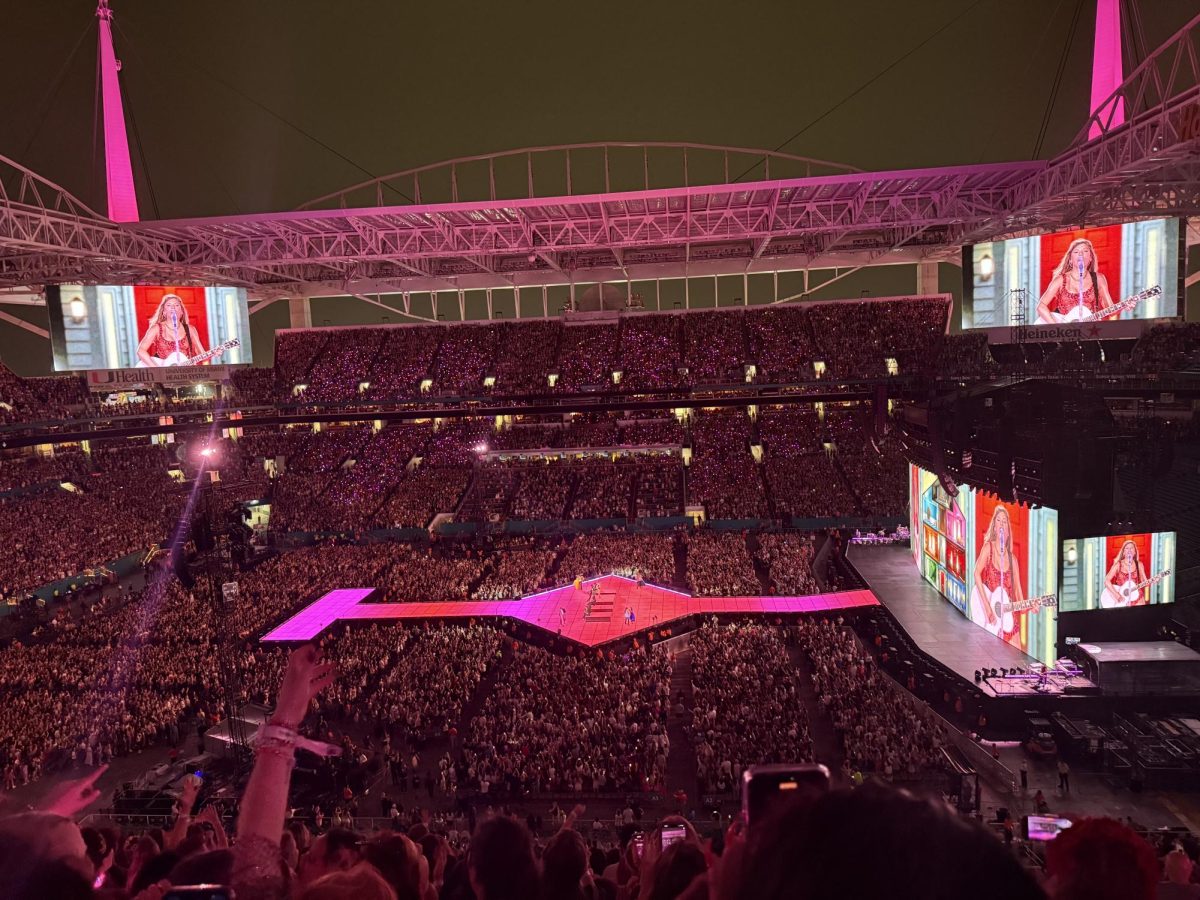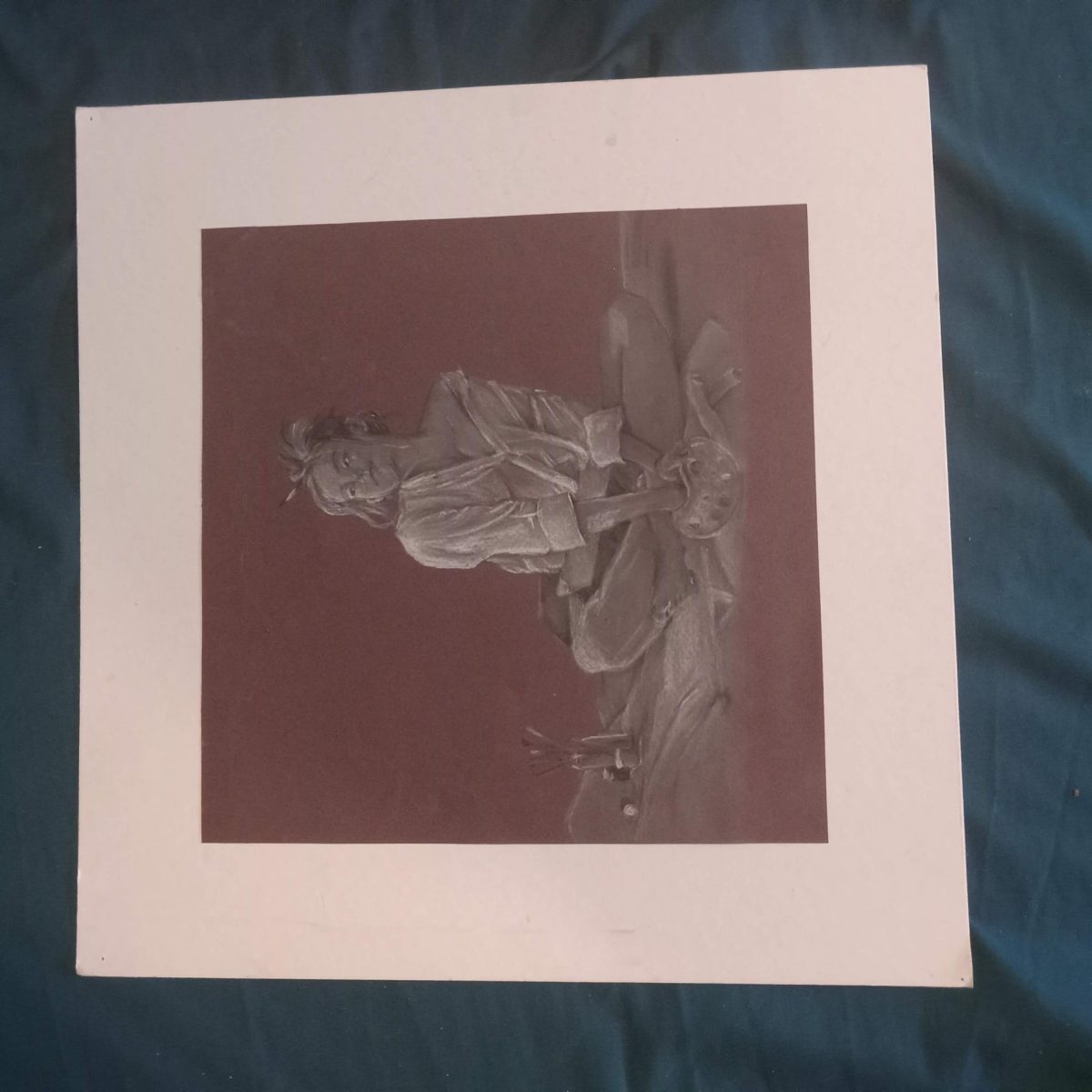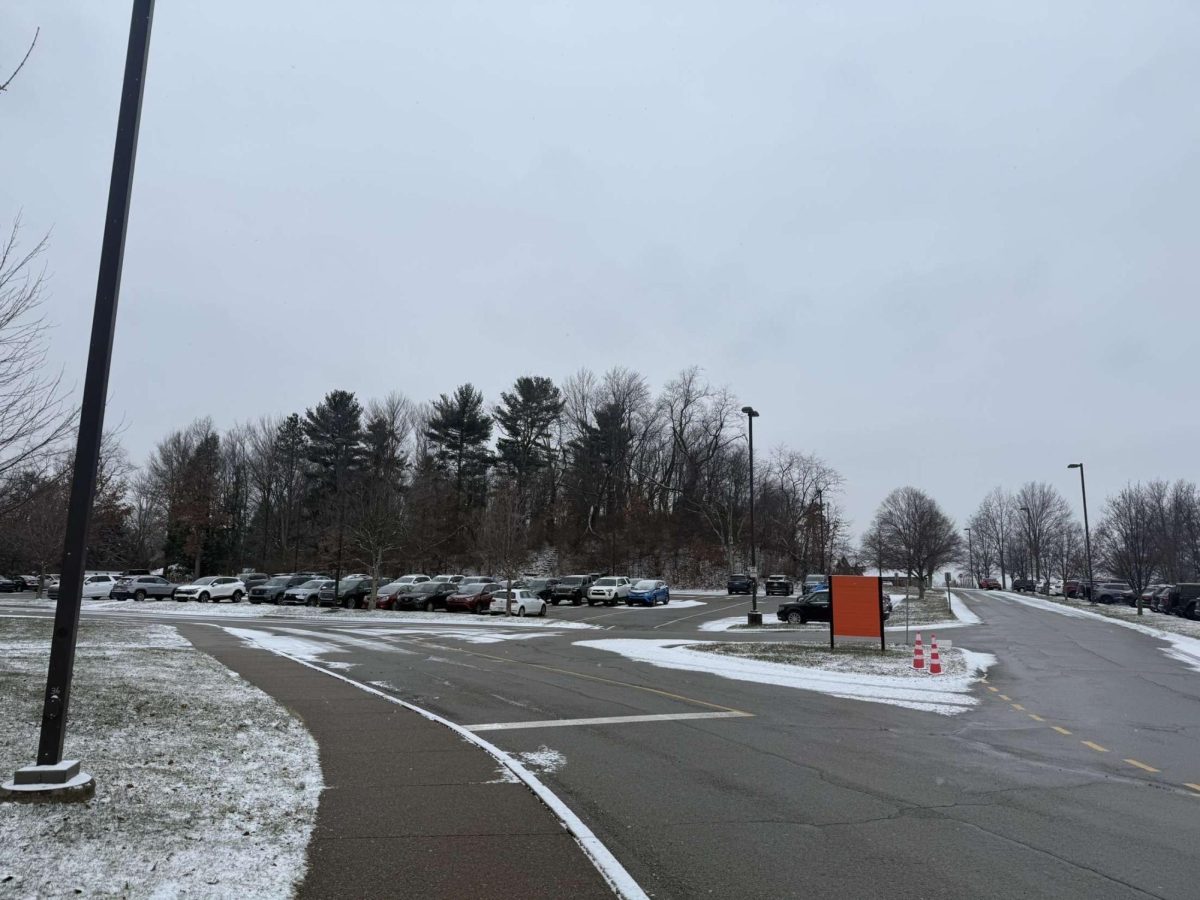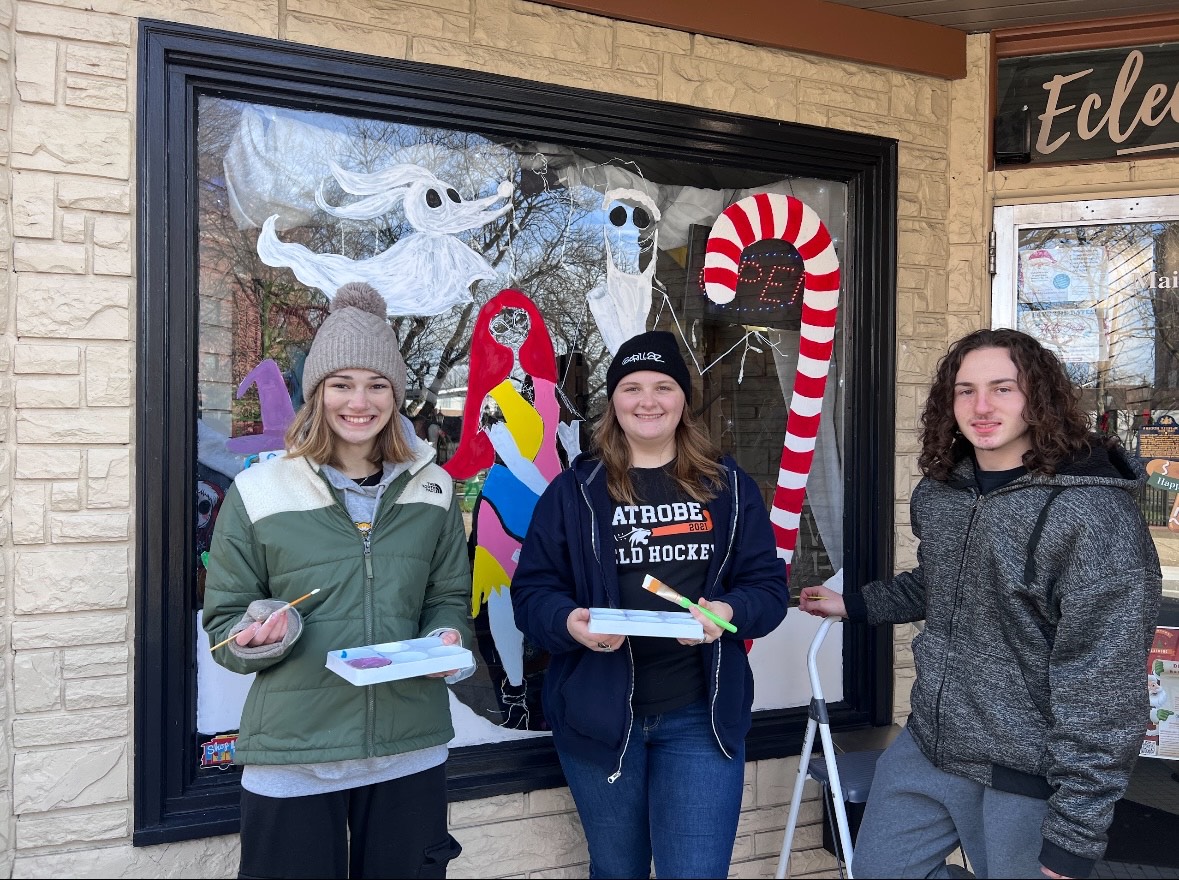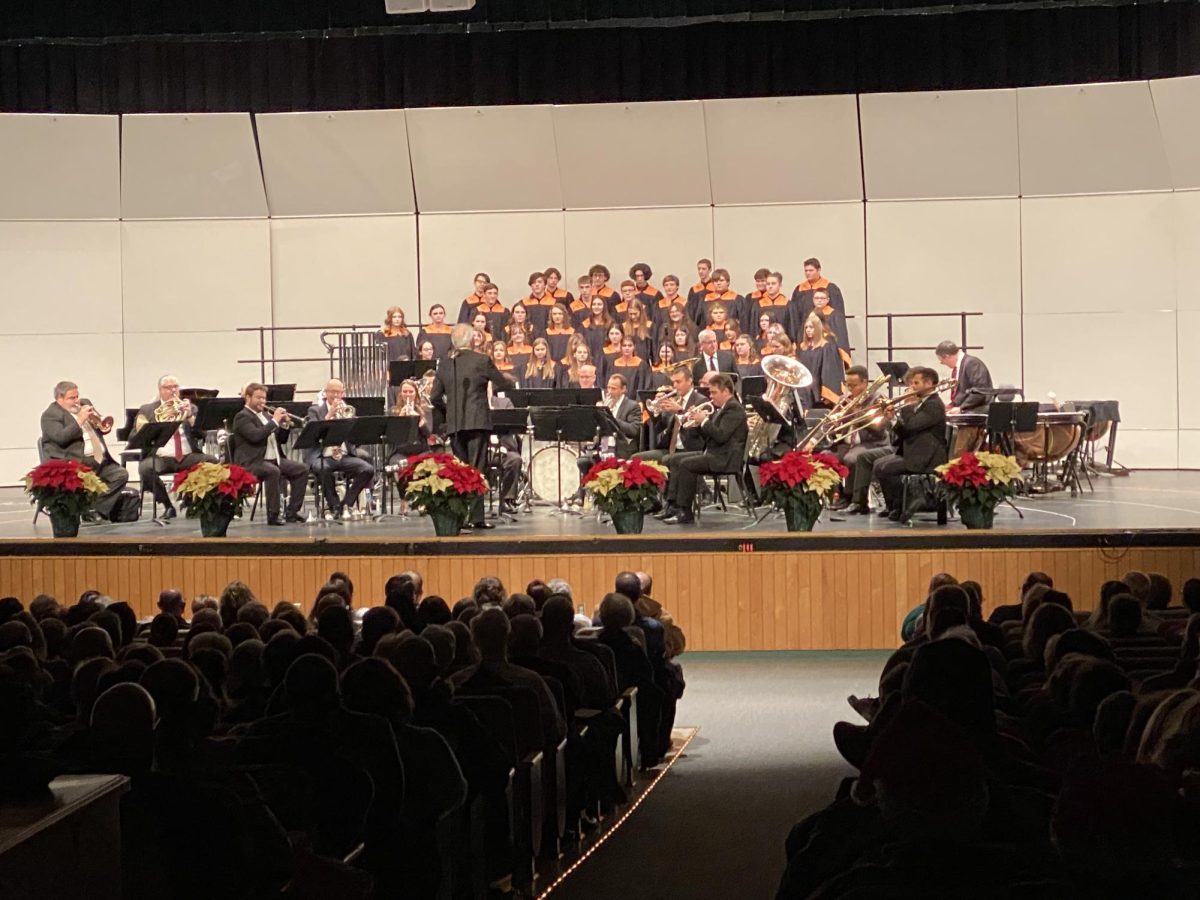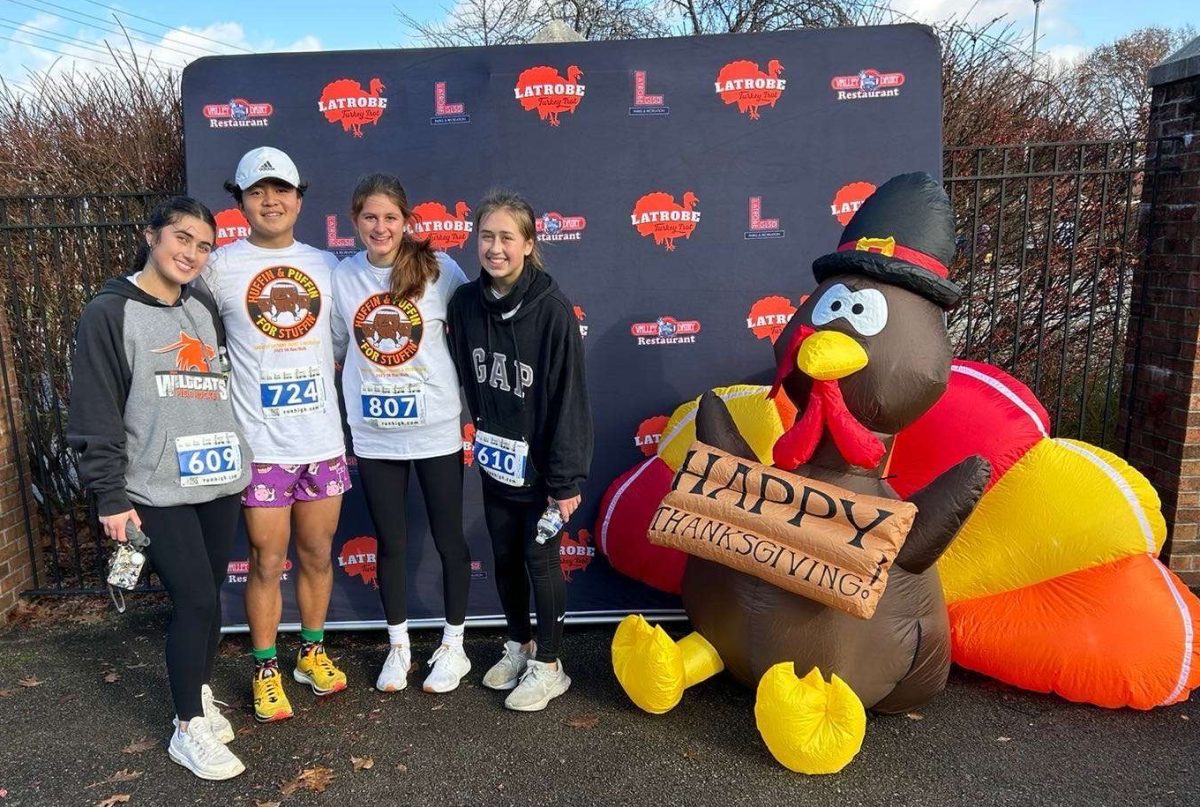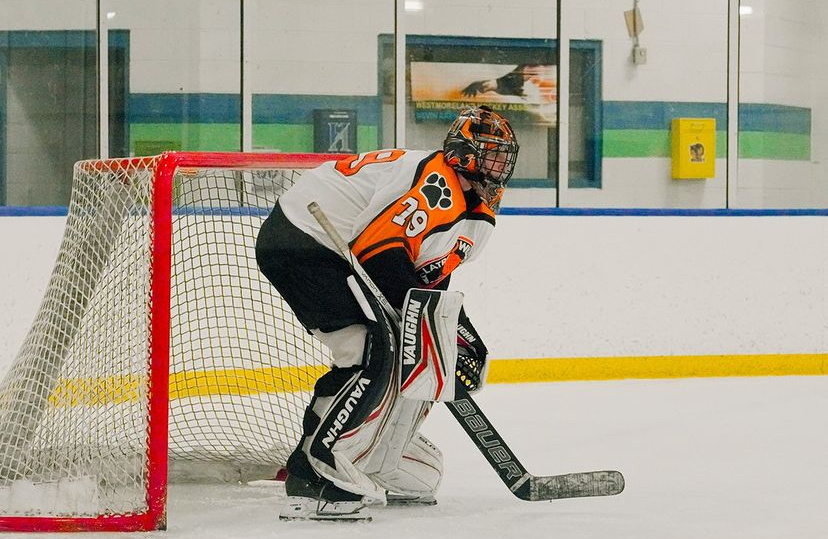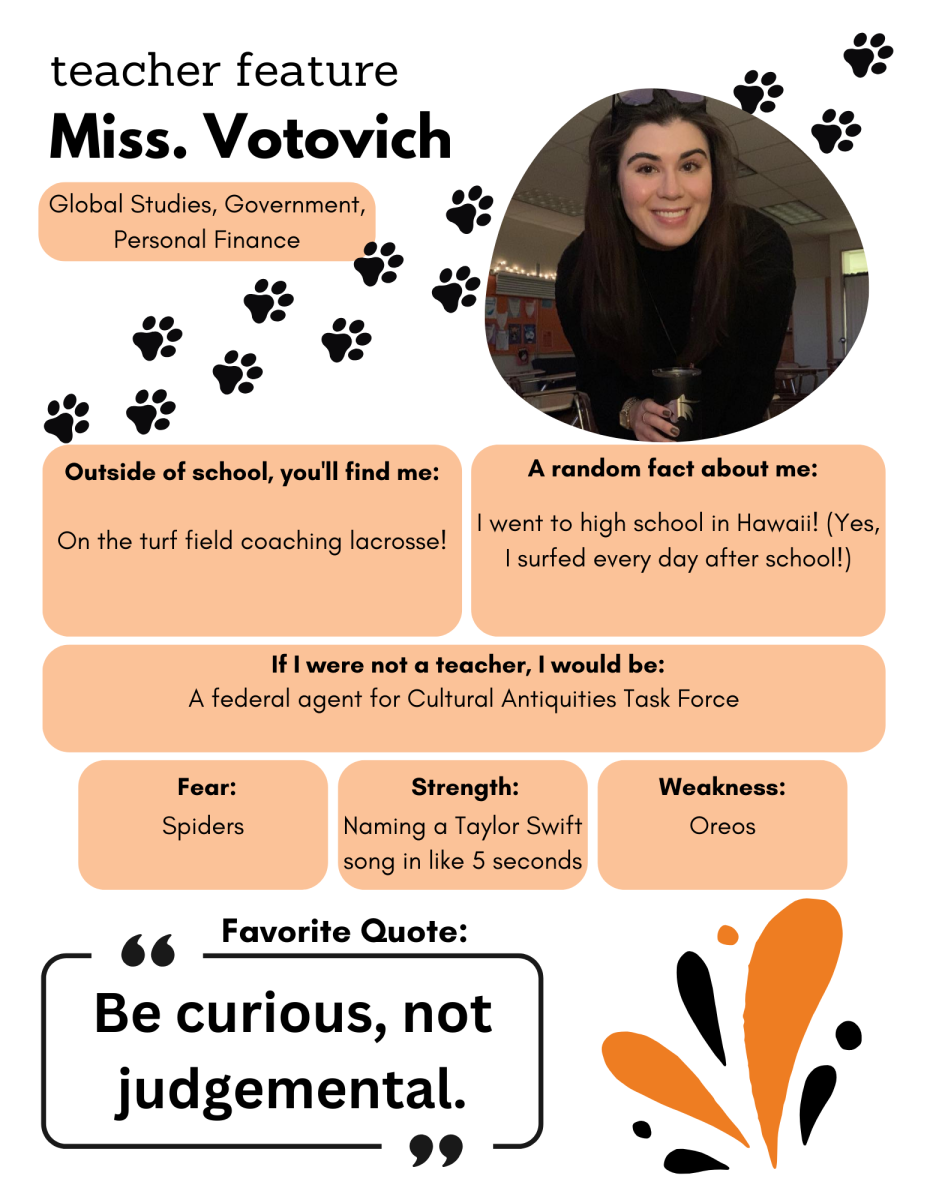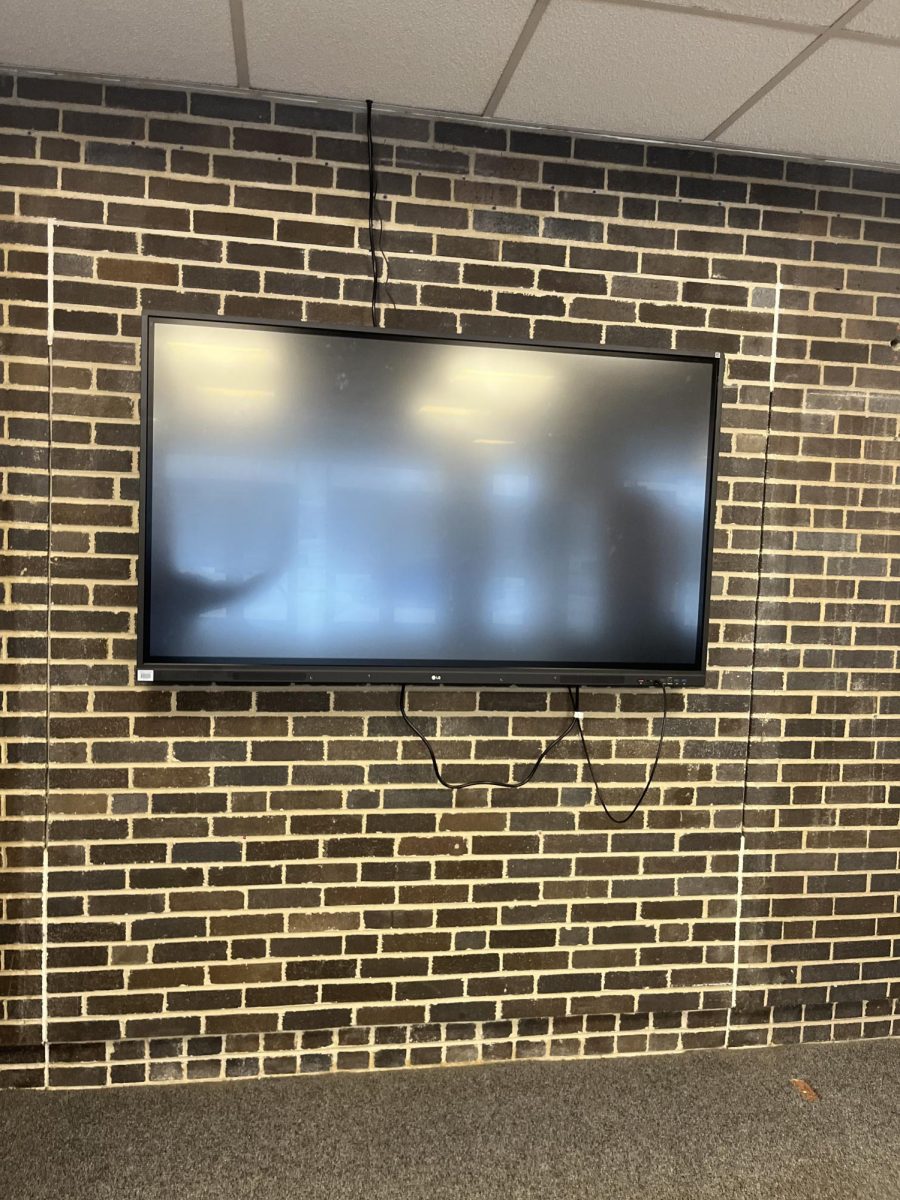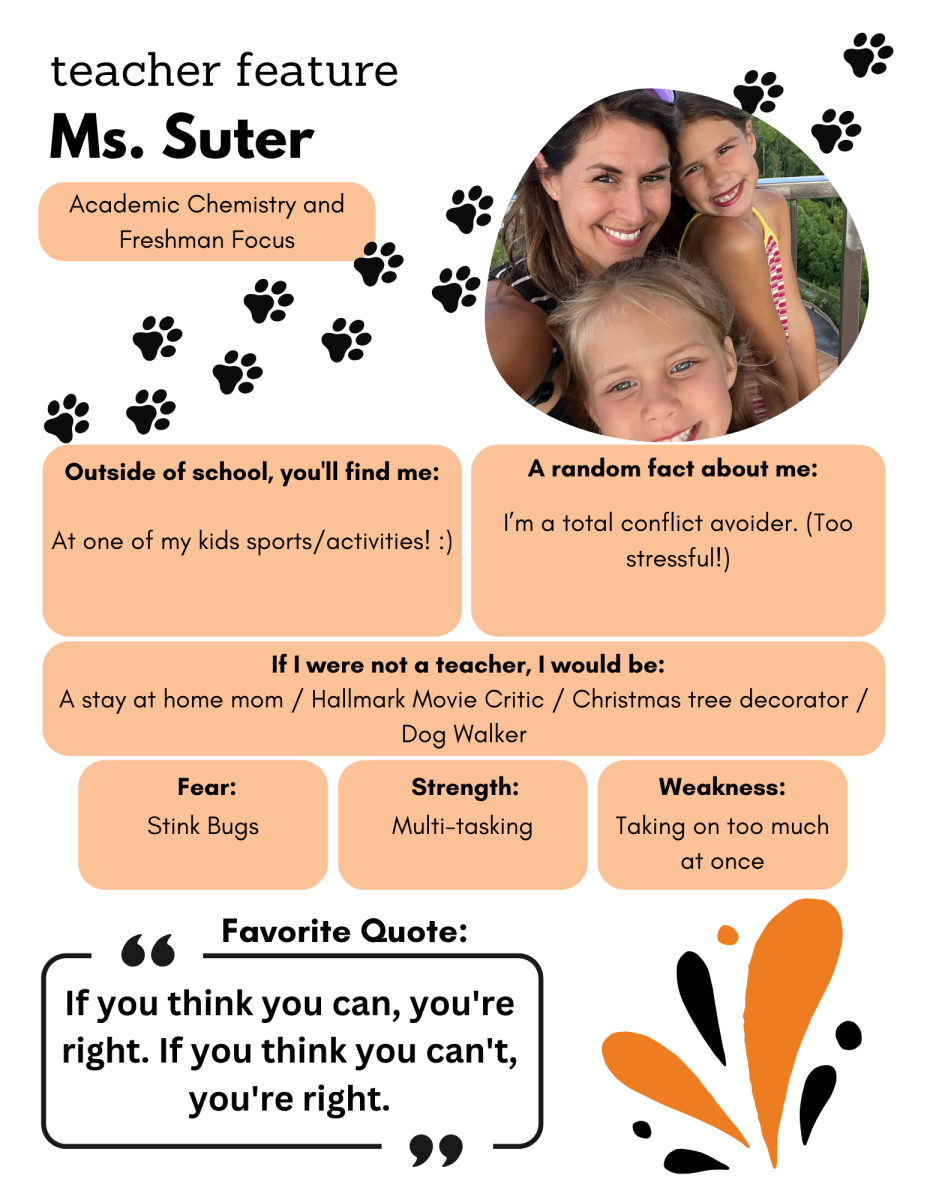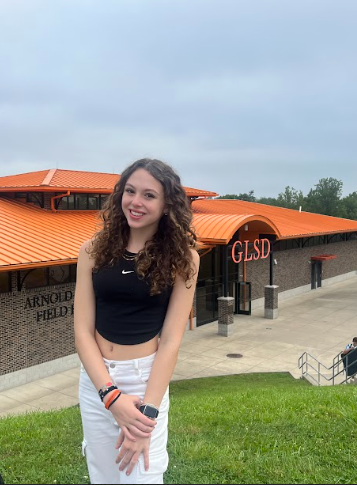“I thought the Sewickley Creek Watershed event was excellent. It was well planned, the presenters were informative and positive, and there were a lot of things to learn. Abandoned mine drainage is a major issue in Western PA so it was great to see an event focusing on the issues and solutions to those issues. It was a beautiful day, we got free gear and free food, and hopefully, the students both enjoyed it and learned a lot.” – Patrick Roberts Envirothon Coach
On September 15, 2023, nine enviorthon team members, all sophomores, Karlee Clark, Autumn Blozowich, Shaelin Wiley, Kelsey McClellan, Ryanne Lehman, Josie Garofalo, Gabriella Simone-Lurito, and Matilda Price left the school to go on a field trip to The Sewickley Creek Lowber Project. The team was accompanied by the 9th-grade science and 12th-grade capstone teacher and Envirothon Coach Patrick Roberts. Sewickley Creek Watershed is a 168-square-mile area in Southwestern Westmoreland Country, Pennsylvania. On this trip, they learned about the six steps that Sewickley Creek uses to convert abandoned mine drainage into clean water and marketable products. Other companies and people who work with the Sewickley Creek Waterland Association shared insight.
The first step of this project is called ‘The Inlet’. In this step, the iron-polluted mine water enters the treatment system—water discharges from the mine here at an average rate of 1,800 gallons per minute. From here the water flows through an underground pipe and enters the first pond to the left.
The second step is the ‘Iron Oxide Recovery Area’. When the ponds eventually fill up with iron oxide sludge which, if not managed, it will result in the system being less effective. So every 5-7 years the ponds will be cleaned out and the iron sludge captured will be processed and sold. The iron oxide has value as earth tone pigment and can be used to make crayons, paints, and other things.
Next is a step is called ‘First Pond’. At this step, the mine water aeration starts. Here the water begins to turn orange as the iron particles combine with oxygen. Iron oxide sludge then begins to form along the bottom of this pond and the others.
The fourth step is called ‘Aeration Through’. In this step, the mine water bubbles over the saw-toothed troughs and helps it aerate as it transfers from pond to pond using gravity. When the iron particles in the mine water combine with oxygen in the air they oxidize (rust) to form iron oxide.
The fifth step is the ‘Wetlands’. This step happens when most of the iron (85%) is removed from the mine water in the aeration ponds. The plants in the wetlands filter out any remaining iron particles. The wetlands also provide wildlife habitats.
And the Sixth and final step will be to ‘Clean Water Out’. This is when all of the mine water that entered the treatment system, not including evaporation and a small amount absorbed as groundwater, is discharged to Sewickley Creek. At this point, the water is clean enough to support fish and other aquatic life.
“For me especially, being one of two current issues specialists this experience was mostly focused on information that pertained to my area of studies and allowed me to learn more about the environment and how studying current issues goes deeper than the surface things like pollution and global warming. There is a lot to be learned about the environment and this trip was an eye-opening experience about the environment and the world around me,” said Karlee Clark sophomore.
This trip provided the opportunity to learn more about not just Sewickley Creek and the water purification process but also pollution and the effects that it has on the water in our community. The members enjoyed being able to get out of the classroom and have a productive and fun time outside of the classroom with friends and mentors while learning in a different environment. The two teams will take the knowledge they gained on this trip to compete at the annual Envirothon competition at Twin Lakes.
“I found the entire day thoroughly enjoyable. Each of the stations was set up and run efficiently while allowing us to explore a bit on our own in between. The staff and volunteers made every minute educational and adventurous. Kudos to everyone involved for making the day so special for us,” said Autumn Blozowich sophomore.
This team is preparing for a competition at the end of the year!


